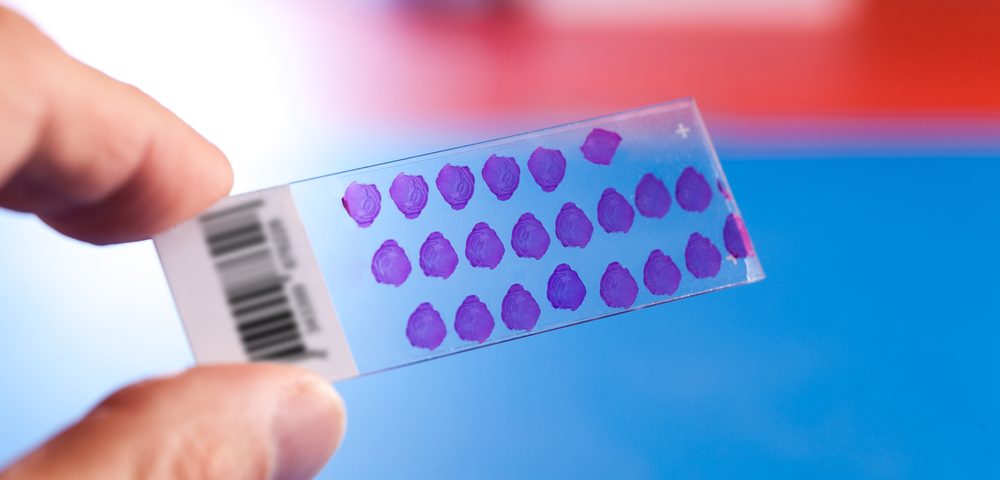An approach used to detect damage in underwater marine structures may make identifying high-grade breast cancer cells in histopathology images easier — and more accurate.
The study, “Automated Segmentation of Nuclei in Breast Cancer Histopathology Images,” published in PLOS One, was a result of joint work by doctors, engineers, and mathematicians from India and Ireland, and may move breast cancer screening one step closer to being an automated process.
Currently, breast cancer diagnosis requires the use of the Blood-Richardson grading system. This relies on visual assessments by pathologists, who look at tumor sections under a microscope and grade the tumor according to their observations. But like any human-based assessment, this grading system is subjected to disparities — different pathologists can assign different grades to the same tumor, so patients may not be getting the most appropriate treatment.
Researchers have tried to automate the process with digital slide scanners and image-processing methods. But with high-grade breast cancers, whose cells cluster and overlap, these methods have not worked well.
With a little adaptation, the new method, previously used to detect damaged surface areas or underwater marine structures like bridge piers, off-shore turbine platforms, and pipelines, seems to have the potential to overcome those difficulties.
To apply the method to histopathology images of breast cancer tissues, the researchers used an algorithm to detect nuclei boundaries, which allowed them to accurately grade the tumors. Specifically, they considered the likelihood of each point in a histopathology image being near a cell center or boundary, then used a belief propagation algorithm to trace the most suitable cellular boundaries.
“Detection of cancerous nuclei in high-grade breast cancer images is quite challenging and this work may be considered as a first step towards automating the prognosis,” professor Joy John Mammen, head of Department of Transfusion Medicine & Immunohaematology from the Christian Medical College, in Vellore, India, said in a news release.
“Test results show that the proposed method is suitable for nuclei segmentation in high-grade breast cancer histopathology images containing scenes depicting grade 3 nuclear pleomorphism (cancerous nuclei with marked variations from normal nuclei) even though these are quite challenging for traditional segmentation methods to detect,” the researchers concluded. “In addition, the method was tested on images from published datasets … and provided better segmentation performance.”

